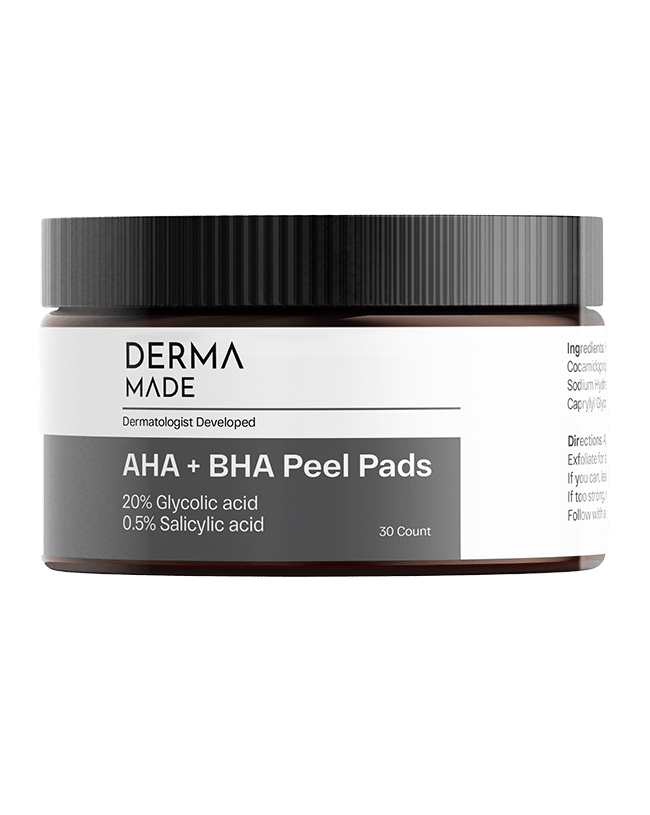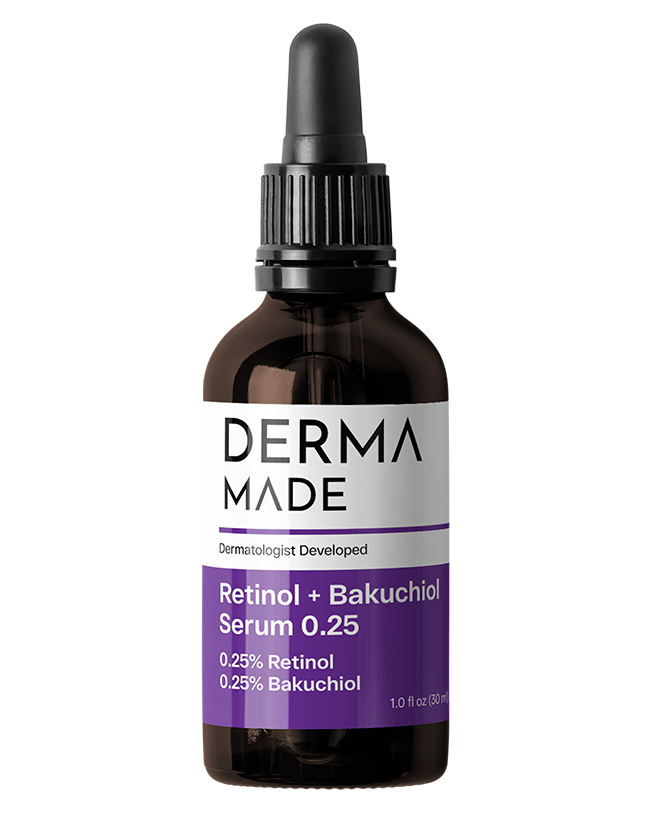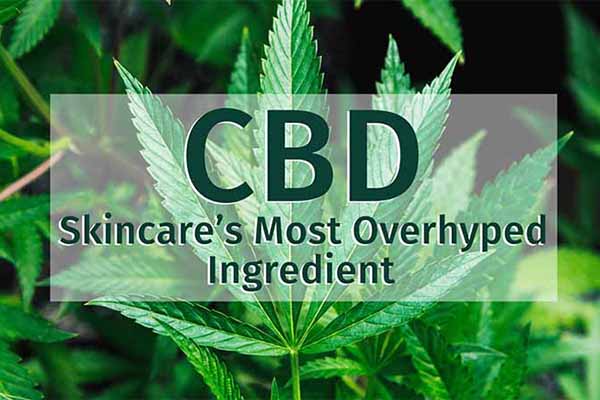Acne technically refers to different types of breakouts. That’s right—there’s not just one type of pimple. So, what’s the big deal and big difference: blackheads vs whiteheads?
Well, a lot.
The kind of pimple that’s a huge zit full of pus, and ready to pop, is called a ‘pustule’—sounds absolutely lovely, doesn’t it? But before we get to what those are, let’s cover what whiteheads and blackheads are first. They are related to pustules, as they’re what most pustules develop from.
What’s the Difference Between Blackheads vs Whiteheads?
Whiteheads and blackheads are actually pretty similar, even though they look very different from each other. The sole difference between whiteheads vs blackheads is that one is an open comedo while the other is a closed comedo. Comedo is the word used in medical studies to refer to clogged pores in general.
Basically, blackheads are clogged but open pores and whiteheads are clogged but closed pores. The reason that blackheads turn black isn’t from the color of what’s blocking it. So let’s get that idea that blackheads are actual dirt out of the way. Blackheads actually turn dark because the sebum plug is exposed to oxygen, and this exposure makes the top layer oxidize—turning it black.
Whiteheads are white because like blackheads, they’re an accumulation of dead skin cells and sebum, and that beautiful mixture has an off-white appearance. You can see the white-ish plug as it pushes against the skin, hence the name whitehead.
Blackheads and whiteheads both fall into the category of non-inflammatory acne. This is considered a mild type of acne, by the way. If you only have blackheads, count yourself lucky!
Non-inflammatory acne means that pain and swelling aren’t linked to this type of break out. Think of this compared to the pustule example we had above—those types of pimples are usually a little sore and the skin is inflamed, which makes them inflammatory acne.
The giveaway is that they’re full of pus. You know, that gross yellow stuff that comes out of pimples when you pop them (even when you know you’re not supposed to). Whiteheads and blackheads can turn into inflamed acne. However, it doesn’t mean that ALL blackheads and whiteheads are going to become inflamed. Still, it’s a good enough reason to get in control of any blackheads or whiteheads you have to prevent future breakouts.
What are Blackheads?
Blackheads, as you know by now, are a type of clogged pore. How blackheads form is pretty straightforward—dead skin cells, sebum, and possibly pore-clogging ingredients all make friends and decide to settle down in a pore, clogging it but not inflaming it. They’re easily identified by their dark, oxidized appearance in a pore.
Blackheads vs. Sebaceous Filaments
You might be surprised to know that the dark spots you see on your nose actually aren’t blackheads. They’re sebaceous filaments, oil-producing pores on the skin. The reason they look dark is that they’re usually full of sebum. The reason they’re ‘hard to get rid of, and pore strips never seem to work, is because they’re a totally normal part of the skin! Trying to get rid of them is like cutting your nails and being surprised that they grow back.
Another way you can tell the difference between an actual blackhead and sebaceous filament is where it is on your face. Blackheads can pop up anywhere on your face—blackheads on cheeks, blackheads on lips, and blackheads on the forehead are all common complaints and places where these pesky clogged pores pop up.
What are Whiteheads?
Just like blackheads, whiteheads are blocked pores. What most people mistakenly think are whiteheads are actually papules and pustules—and yes, those are the scientific terms! You can tell the difference between a whitehead and a pustule first by the presence of any inflammation or swelling.
On a pustule, you’ll usually see a thin ring of red, inflamed skin around the head. If you’ve ever popped pimples (don’t pretend like you haven’t!) you’ll know that some release yellow-ish pus—these are pustules. If you try to pop a whitehead, you won’t get pus—instead, you’ll get a hard, off-white plug.
Whiteheads also get mistaken for milia, especially in the eye area. While whiteheads can pop up anywhere on the face, only milia appear under the eyes. That’s the main way to tell the difference as they can look very similar! Unfortunately, milia are harder to get rid of and need professional attention.
How to Get Rid of Blackheads and Whiteheads
What causes blackheads and whiteheads are basically the same things, something is clogging pores, usually too much sebum and dead skin cells. Luckily, that means using the following techniques, to get rid of one or the other, nails them both.
#1 Exfoliation
Exfoliation is really one of the best things you can do for your skin. It clears out pores, overall increases skin cell turnover, and can help with anti-aging. What’s not to love? And there is more than one way you can get your exfoliating fix.
A BHA or AHA exfoliating peel solution will help those dead skin cells get a move on and get you on the road to clearer skin. Clay masks also help too, especially if they’re combined with a slightly acidic base. The clay dissolves any excess sebum that’s in your pores, plus the lactic acid makes sure those dead skin cells are gone for good.
#2 Retinoids
Retinol does it all for skin—and clearing out whiteheads and blackheads for good is no exception. When it comes to blackheads and whiteheads vs retinol, they don’t stand a chance! Retinol literally breaks comedones apart. Bye-bye, blackheads!
#3 Professional Extraction
While it can be tempting to pop any whiteheads or blackheads on your own, this is where professional help comes in. An esthetician can extract blackheads and whiteheads from your skin without causing any excess damage, like scarring or enlarged pores—so put that extractor tool down!










